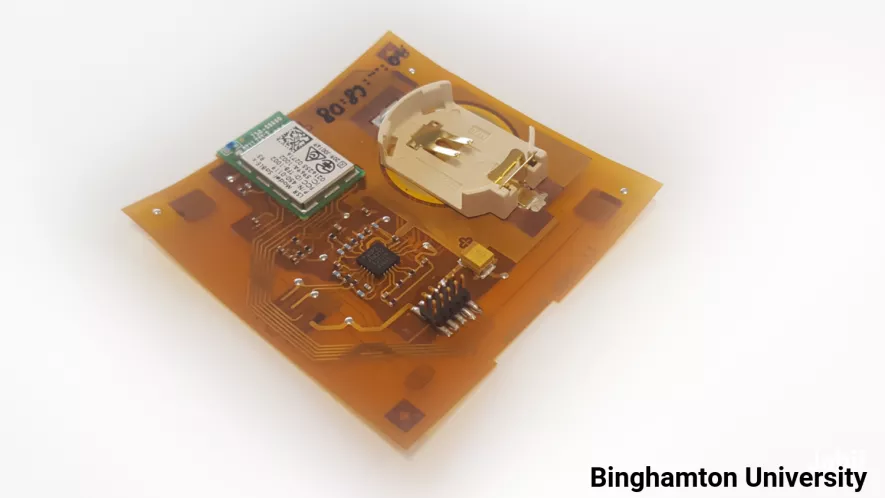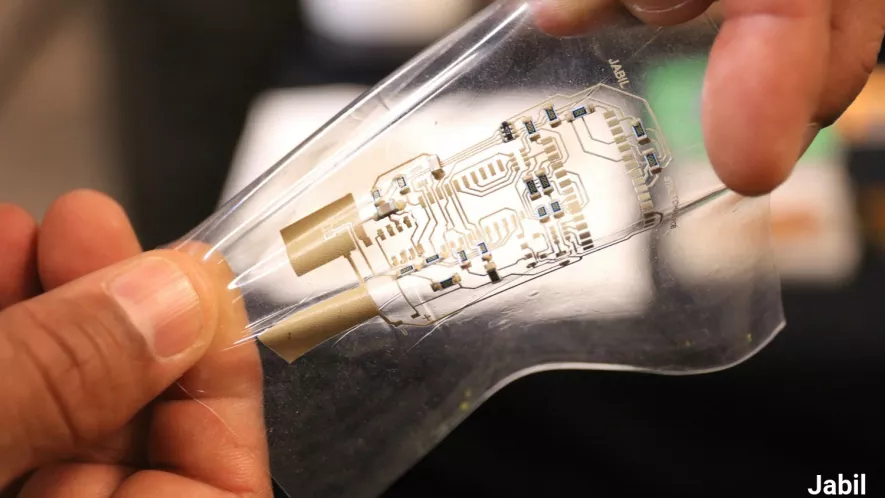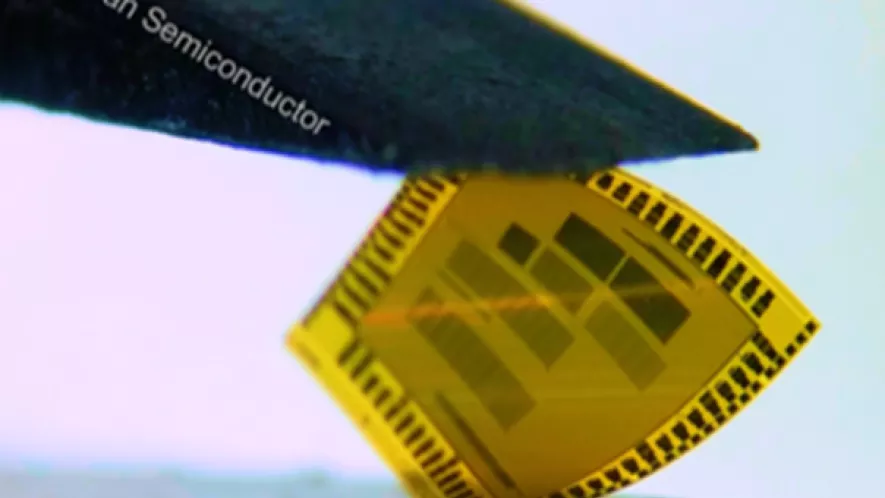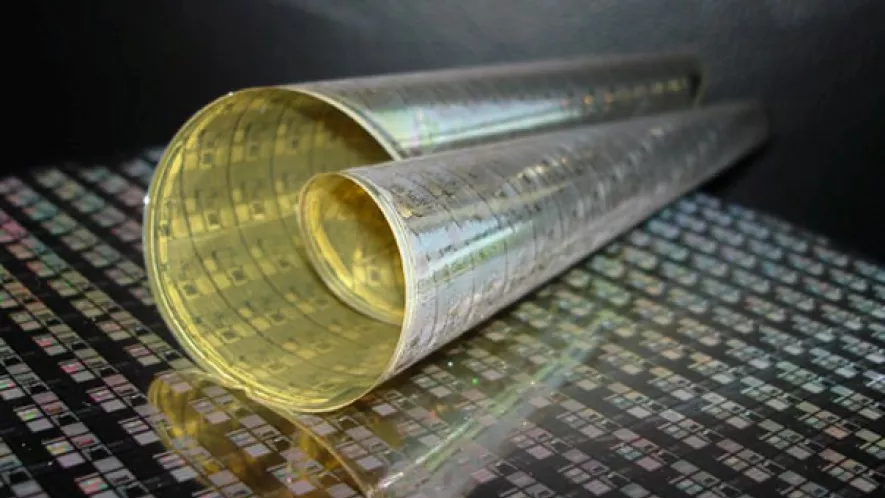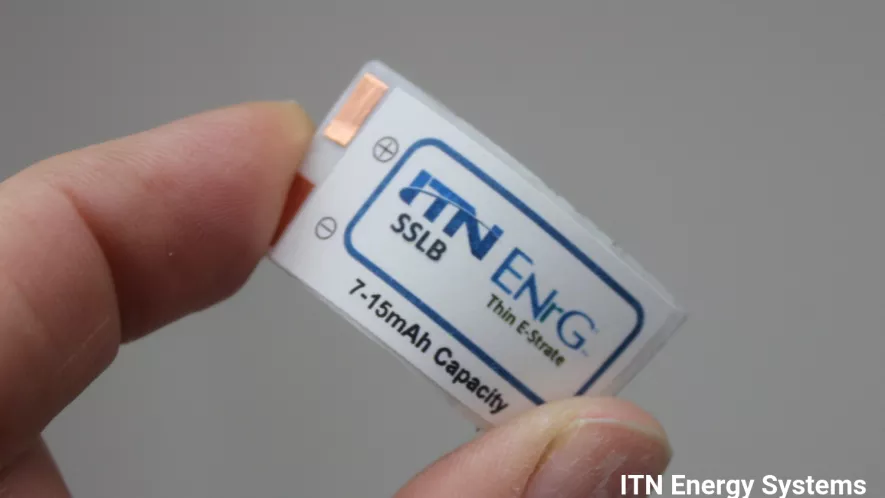What Are Flexible Electronics?
SEMI-FlexTech is devoted to the accelerating the development and adoption of flexible electronics which enable a new class of electronics - ones that conform to any shape, but are also bendable, twistable, and stretchable — enabling new products, capabilities and features. Flexible electronics have the potential to make our world safer, smarter, healthier and simpler.
Taking advantage of the ability to conform to more organic shapes, electronic capability can then be incorporated into more consumer and industrial products, and combined with rapid advancements in data analytics and artificial intelligence, bring digital intelligence to the greater world. Flexible electronics should also eventually realize the promises of manufacturing electronic in higher volume at lower costs.
Although many advancements have already been made, new materials, processing, equipment, and design are needed to bring many of the conceived products into reality. Many of these advancements reach across previously unrelated industry segments.
For example, printing electronic inks bring together traditional techniques from the paper printing industry, chemical formulations from the paint industry, and micro- and even nano-scale lithography from IC manufacturing. At SEMI-FlexTech, we help identify and communicate those in order to assess the gaps in a number of different areas. We also provide technology forums and conferences in order to facilitate partnering.
The Impact of Flexible and Printed Electronics
Flexible Electronics Markets
Flexible electronics are being designed into a wide range of products on the market today, including both consumer and industrial segments. These products include components in today's cell phones and displays, human and health performance tools, security tags, sensor componentry in cars and airplanes, agricultural and environmental sensors, strain gauges in bridges and equipment, just to name a few. Find more information on the technology and the wide range of application segments and markets in SEMI's member-only information section, including presentations from the leading integrators of flexible electronics technology.
Examples of Flexible Hybrid Electronics
Common Terms and Definitions
- Flexible Electronics: generally refers to a class of electronic devices built on conformable or stretchable substrates, usually plastic, but also metal foil, paper and flex glass.
- Flexible Hybrid Electronics (FHE): printed electronics combined with silicon-based integrated (active) circuits on a conformable substrate. Examples of key active components from Si CMOS processes include microcontrollers, digital signal processors, high density memories and RF chips.
- Organic Electronics: a field of material science concerning the design, synthesis, characterization, and application of organic small molecules or polymers that show desirable electronic properties such as conductivity. Some freely substitute this term with plastic electronics.
- Plastic Electronics: generally refers to a class of electronic devices built on plastic (polymer) substrates, as opposed to silicon or glass.
- Printed Electronics: functional electronics fabricated by laying conductive lines using one of several printing methods, including: screen, ink jet, gravure, flexography and others. Often confused with printed circuit boards, which also often use printing methods to connect discrete active and passive components.
Examples of high-perf ICs on a flexible substrate
Images from American Semiconductor

